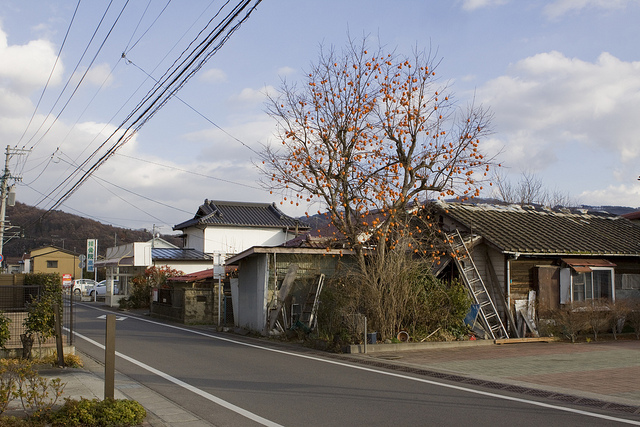Outside Fukushima exclusion zone, residents getting minor radiation dose
Ars Technica » Scientific Method 2014-02-26

While the damaged facilities at Fukushima have dumped a lot of radioactivity into the environment, most of it has ended up either in the ocean, or in the groundwater at the site itself. Outside the 20km exclusion zone, most of the radiation came from a single plume released in the first few days of the crisis. The plume drifted to the northwest, leading to the evacuation of some communities outside of the exclusion areas.
Does any of the radiation that traveled in that plume pose a threat to the people who have since returned? To find out, a large consortium of Japanese scientists performed a monitoring project on residents in three areas near Fukushima. They found that, while radiation exposure is elevated compared to natural background, the levels are still well below safety limits, and the long-term health risks are small enough that we're unlikely to detect the impact of the added exposure.
They did find, however, that residents involved in the cleanup had the highest exposures, which suggests continued monitoring of these workers should be a priority.
Read 6 remaining paragraphs | Comments